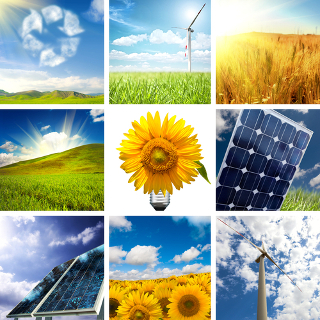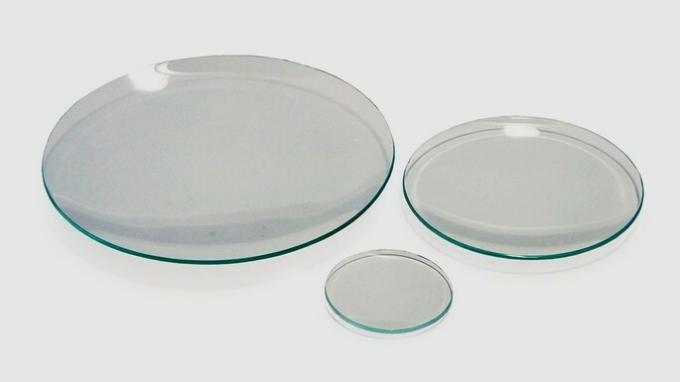Radioactive waste from hospitals, nuclear power plants, research centers, etc., is called Nuclear waste. As the name implies, this material is the result of activity with radioactive elements that emit nuclear energy, such as Uranium, Cesium, Strontium, Iodine, Krypton and Plutonium. This waste cannot be reused due to radioactive isotopes, that is, it cannot be treated as common waste.
Why is nuclear waste a danger? When Uranium isotopes go through the nuclear fission process, they disintegrate and start to emit gamma radiation. Gamma rays are extremely harmful to health because they have a great penetrating power, they invade the body's cells and can even lead to death. Therefore, radioactive materials pose risks to human health.
See how the correct disposal of Nuclear waste can be done:
Waste from nuclear power plants is placed in special containers and disposed of in places with concrete coating, which must remain confined for a long period, ranging from 50 to 300 years old. Radiation disappears after that time and poses no further risks. But it is important to note that this period is not fixed, it can vary from one garbage to another.
One of the biggest accidents involving Nuclear waste occurred in the city of Goiânia, on September 13, 1987, and resulted in the death of more than 400 people. The radioactive material responsible for the catastrophe was Cesium 137, which contaminated adults and children. After the accident, the repository had to be created: an isolated and deep place, covered with lead plates (insulating), where the nuclear waste was stored.
Do not stop now... There's more after the advertising ;)
By Líria Alves
Graduated in Chemistry
Brazil School Team
See more:
Nuclear power plants to fight the greenhouse effect
Nuclear Chemistry - Chemistry - Brazil School
Would you like to reference this text in a school or academic work? Look:
SOUZA, Líria Alves de. "Nuclear Waste: Danger!"; Brazil School. Available in: https://brasilescola.uol.com.br/quimica/lixo-nuclear-perigo.htm. Accessed on June 27, 2021.
Chemistry

Get to know some clean energy sources, such as: wind, solar, tidal, geothermal, hydraulic, nuclear and biofuels.



